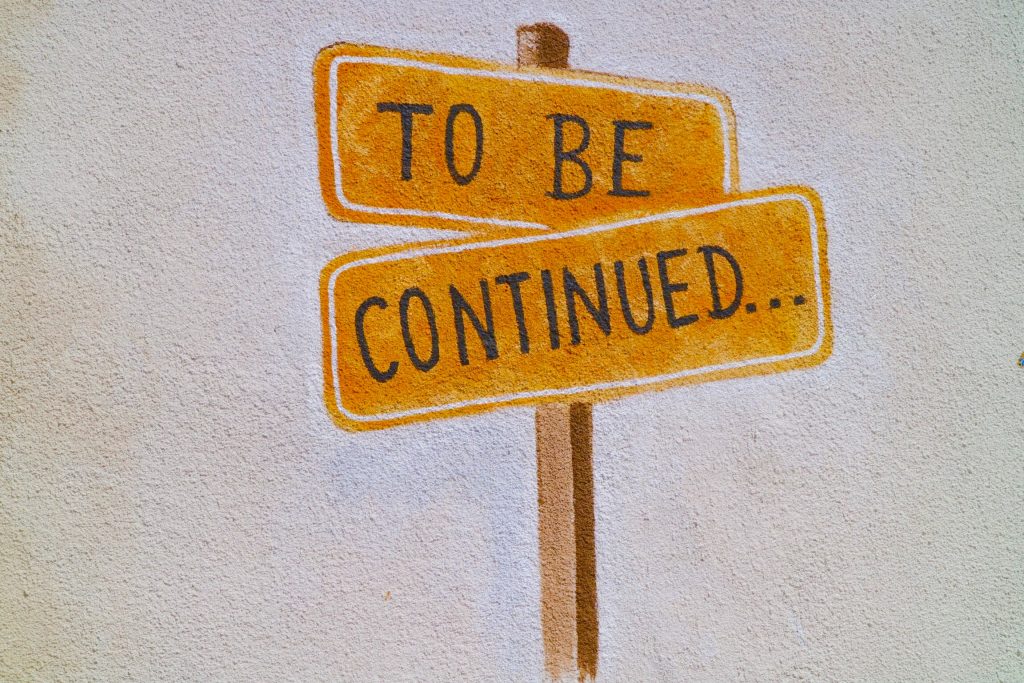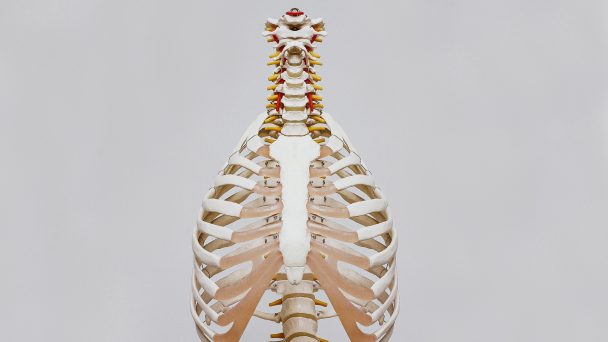Alcohol in our society part 3

In the previous part you read about the many measures that were initiated in the 19th centurye century to curb alcohol consumption. In this third part, Rob Bovens, alcohol researcher and coordinator of the Academic Workplace Addiction at Tranzo Tilburg University, focuses on moderate alcohol use until 1960.
It is striking that advocates of alcohol moderation were often found among responsible politicians in our country. For example, Charles Ruijs de Beerenbrouck, Prime Minister between 1918 and 1933, was a recognized anti-drinker. Before his premiership, when he was still governor of the province of Limburg, he chaired the Catholic temperance movement Sobrietas for 20 years. Willem Drees, (socialist) prime minister from 1948 to 1958, was also an anti-drinker. This meant that during their reigns various tightening up of the Liquor Act of 1881 took place. But it has not come as far as in the United States, where the production and sale of alcoholic beverages were restricted in the 1920s. The policy in the Netherlands was mainly aimed at combating the drinking of spirits. Some temperance movements did not see beer drinking as a major problem. In the 19e century, even beer houses were created to counter the use of spirits.
Youth and alcohol
There was also a great fear that young people would start drinking too quickly, especially when it came to orphans. In Veenhuizen, children were admitted to government work institutions. I found a striking example of prevention among young people in a letter from Sobrietas in the early 20'se century that was disseminated through Vincentius societies among foster parents in deprived areas. This letter also makes clear the difference in vision between spirits and beer: “Dear foster parents, The one who lives with you…. has just about reached the age where he/she can realize how pernicious the influence of strong drink is. We count on your cooperation and support to make him/her understand what poverty and misery awaits him/her if he/she surrenders to it. Surely the best way to keep him/her from doing so is that you never give him/her strong drink and see that others do not do this either. In order to completely protect him/her from this, we cannot advise you better than to make him/her promise now until his/her 16e years not even to use beer; as a result, he/she will leave gin or alcohol behind…”.
Old news
It is funny that only about ten years ago, when the age limit in the Netherlands was not yet 18 years old, various regional projects for alcohol prevention among young people started initiatives to have municipalities write letters to parents, in which they were invited not to give alcohol to their children before they are 16e year. How original: people already had that idea a hundred years earlier. The many preventive measures in the first half of the 20e century, the war years and the considerable energy required for reconstruction after 1945, alcohol consumption in the Netherlands fell sharply compared to the 19e century. Was in the 19e century, an average of between 8 and 10 liters of (pure) alcohol was consumed per adult on an annual basis, in 1960 this had fallen to a quarter of that, namely 2.3 liters (converted from half to a whole glass of alcoholic drink per day).
sober life
From research by the Groningen professor of sociology Ivan Gadourek (1923-2013) with a sample of 1,279 Dutch people, published in the early 1960s, we know that the Dutch mainly drank at the weekend (occasionally a drink). Another striking phenomenon also occurs in his book 'Riskante Habits': two percent of the Dutch sometimes drank alcohol with a hot meal. We can't imagine that nowadays, with the whole wine culture that has blown over from the southern countries since the sixties (more on that next time). Incidentally: according to Gadourek, eleven percent of the Dutch sometimes drank water with their hot food, so there was hardly any drinking at all with the meal.


